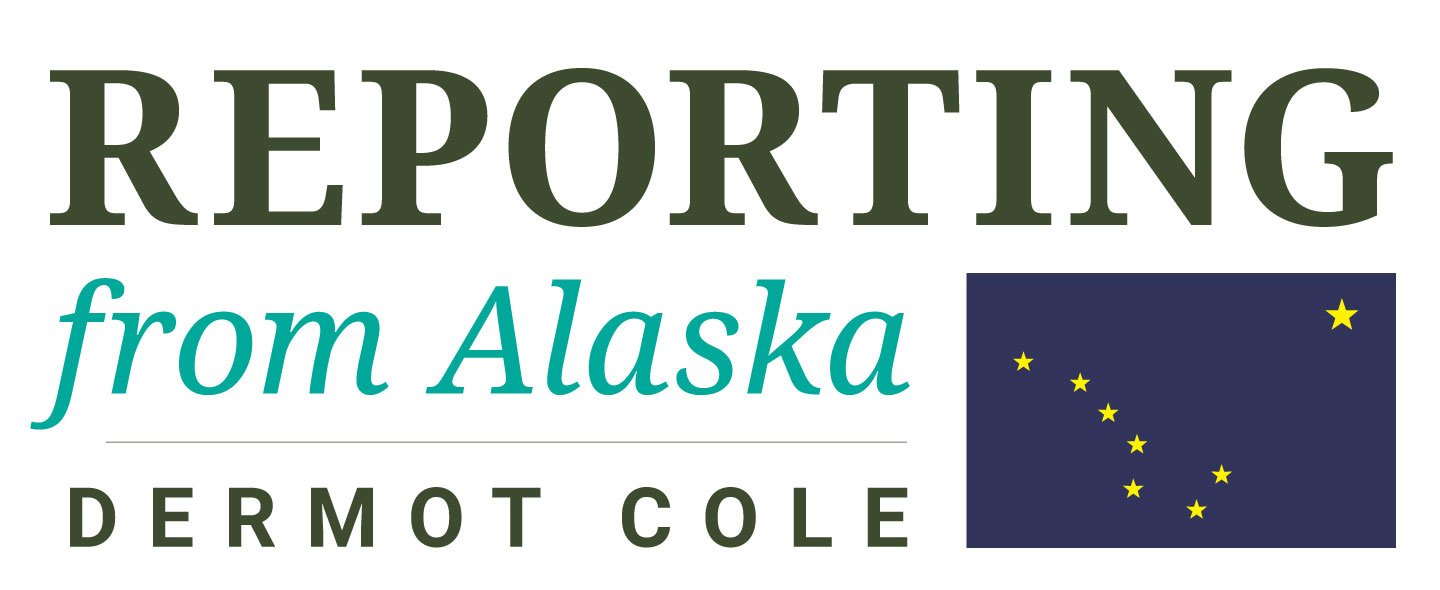Lies, damn lies and PowerPoint slides
The slide above, created by the Alaska Gasline Development Corporation, shows the AGDC view of the relative economic impacts of importing natural gas compared to building a pipeline across Alaska.
Frank Richards, the president of AGDC, spent exactly 63 seconds on this slide when he presented it to the AGDC board of directors Friday morning.
What he didn’t say was more important than what he did say. And what was concealed was more important that what was revealed.
AGDC, which is fighting to stay alive, is mounting a public relations campaign with Gov. Mike Dunleavy that portrays an $11 billion pipeline as the ideal solution to the energy needs of Southcentral Alaska.
People in business, government and education are addicted to slide shows in which bits of information are presented in ways that allow the author to avoid explanations.
Instead of going through the trouble of connecting words, sentences and paragraphs to provide a coherent display, the authors inflict charts and graphs on their audiences, forcing the consumer to fill in the holes.
One of the first things I remember reading about Jeff Bezos is that he banned PowerPoint in favor of written memos. A written presentation promotes clarity and makes obfuscation easier to detect.
That’s why written presentations are avoided.
The slide above and all the others offered by Richards should come with a disclaimer that exact statistics are not to be counted on because of the amount of guesswork that went into creating them.
Richards said the Wood MacKenzie gas line study shows economic impacts of importing LNG would be about $1.4 billion, while the economic impact of a pipeline would be much greater.
The economic impact includes construction jobs, taxes, labor, services purchased, business growth, etc.
The pipeline’s economic impact would be about $10.3 billion “or roughly seven to 10 times larger than that of import LNG. So it’s impactful,” said Richards.
The cost of building a pipeline would be $10.3 billion, compared to the cost of setting up LNG imports, which would range from $600 million to $1.4 billion.
So the economic impact of LNG imports would also just about offset the construction costs of importing LNG, though the slide and Richards did not say that.
Here is the full Wood Mackenzie slide package.
Here are the slides Richards gave to the AGDC board.
That line on the lower right in the graphic above mentions the possibility of Fairbanks switching to natural gas from fuel oil, coal and wood.
The study and the avalanche of slides from Wood Mackenzie do not mention that the cost of building a pipeline to connect Fairbanks to the proposed AGDC gas pipeline was not included in the study.
This is a mistake on the order of hundreds of millions. The spur line would have to be more than 30 miles long. Who is going to pay for that?
A Wood Mackenzie representative had no real answer during a meeting November 19 as to how the company failed to include this item when it calculated specific costs for Fairbanks.
If a pipeline is built, according to Wood MacKenzie, “Fairbanks could change to gas for energy/heat needs. We assume 90 percent penetration with a 3-year transition. (2031-2033.)”
Does that mean 90 percent of buildings within the city? Or 90 percent of buildings in the borough? What is the cost of building the infrastructure to serve 90 percent of either?
If I understand their assumptions, it is that Fairbanks will be using 31 million cubic feet of gas per day from 2031 to 2071. Fairbanks will. have to promise in advance to pay for gas for decades.
Fairbanks could save $3.9 billion to $7.7 billion between 2031 and 2071, according to the Wood Mackenzie calculations.
This would be a savings of $882 per year to $1,754 per year for every person in Fairbanks, the slides claim. Is that a savings for every person in the borough? Or every person in the city? There is a difference of about 70,000.
They are many giant assumptions from Wood Mackenzie and AGDC. The consultant and the state corporation have failed to explain them, hiding behind their slides.

